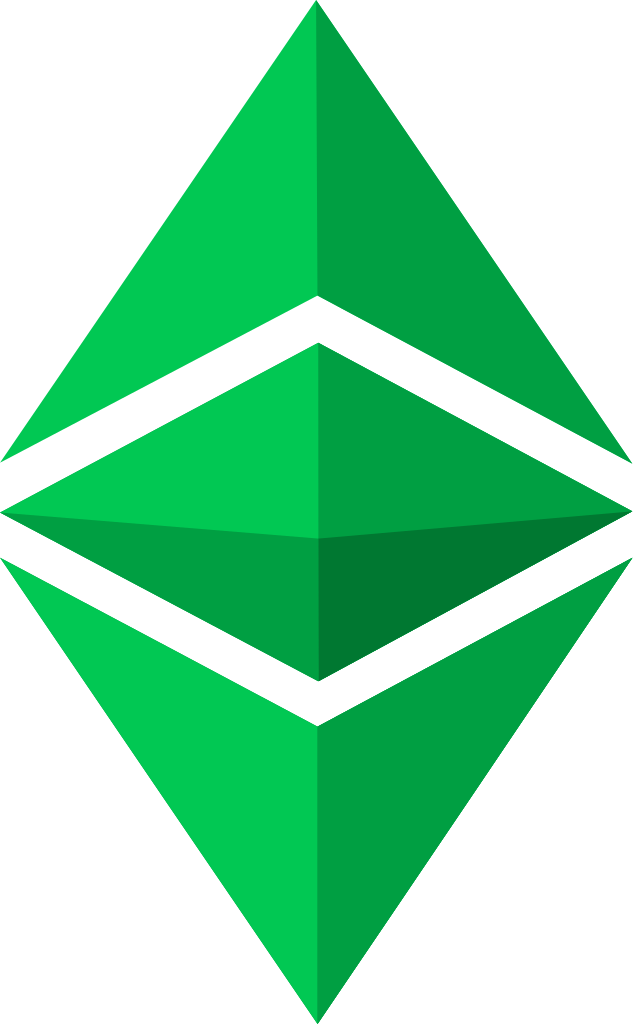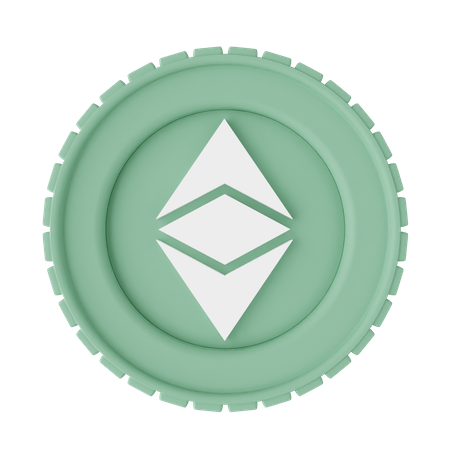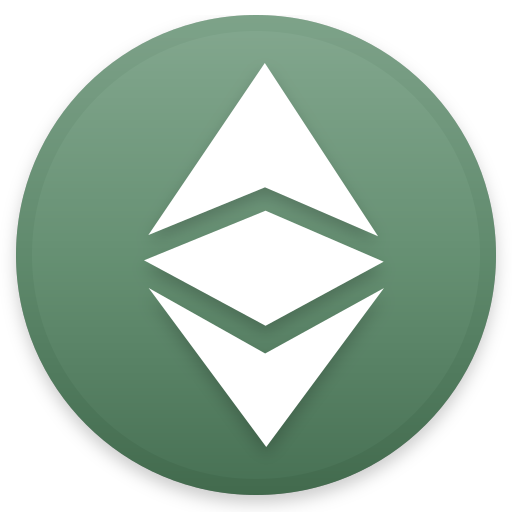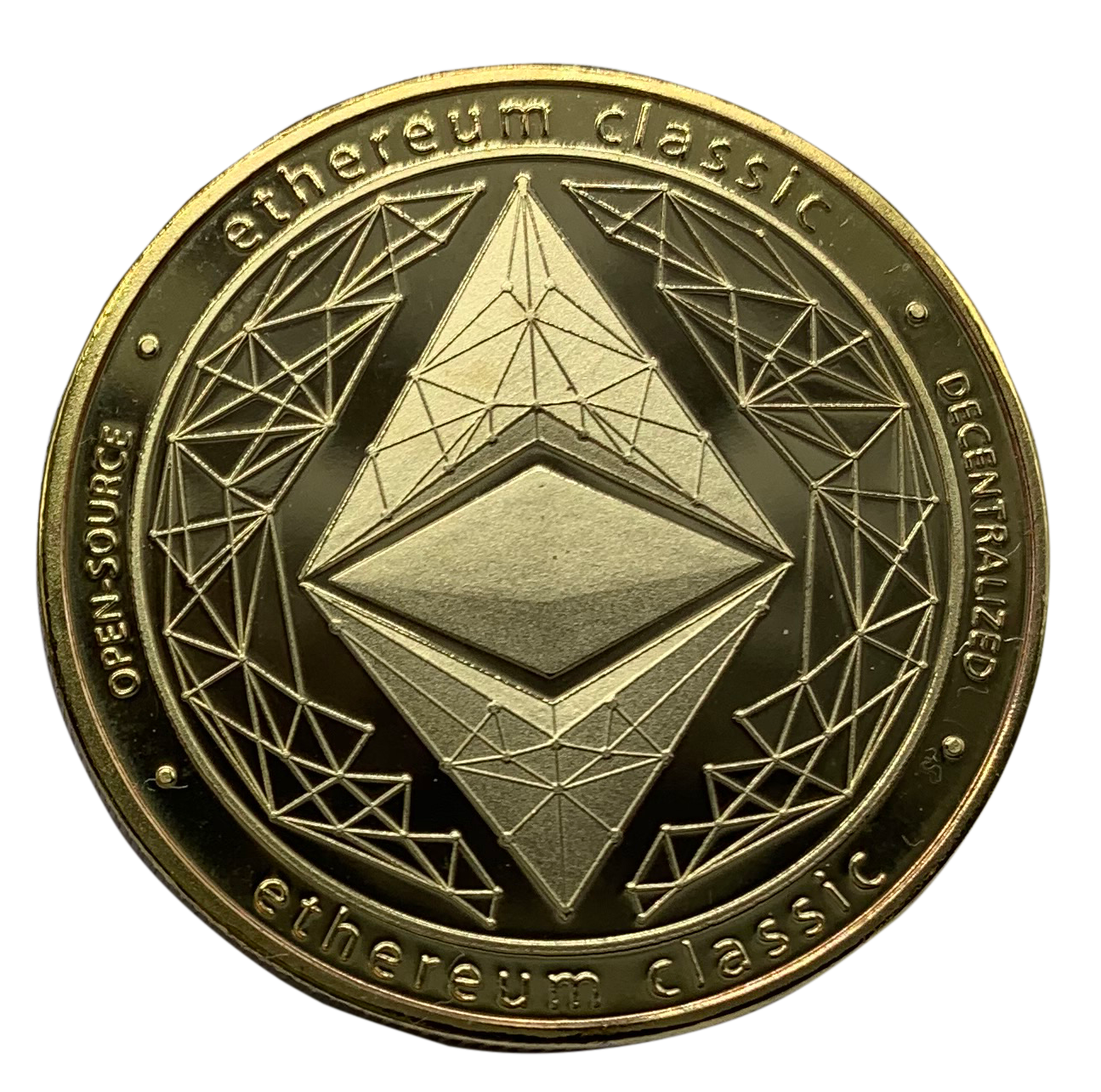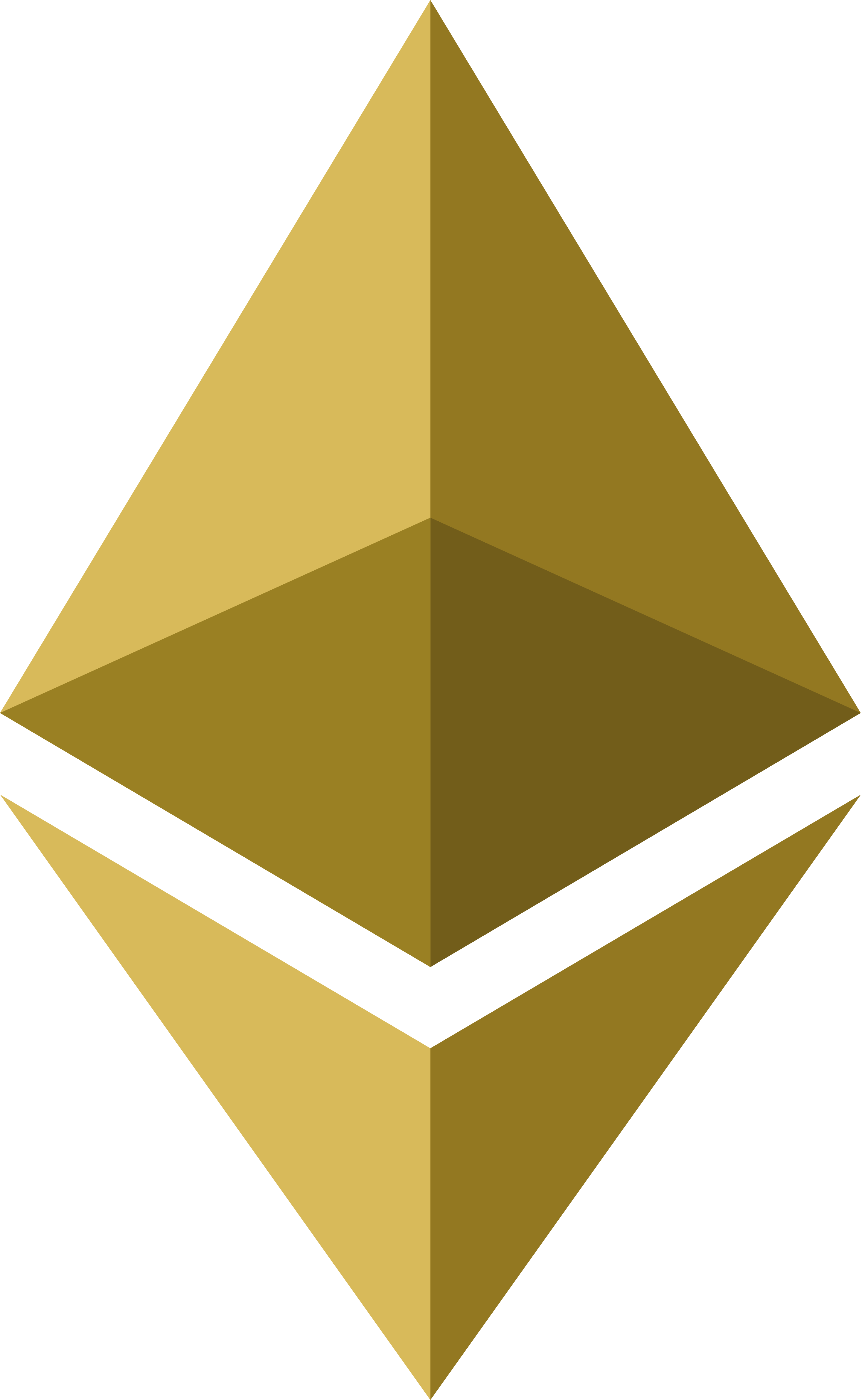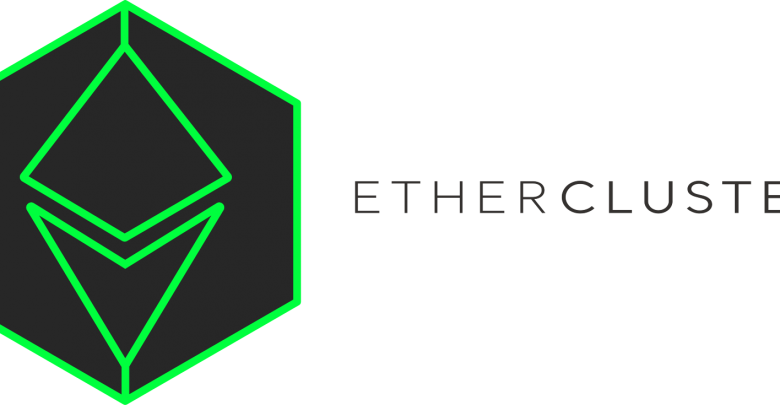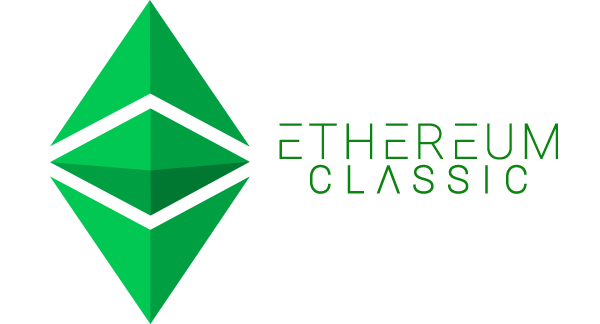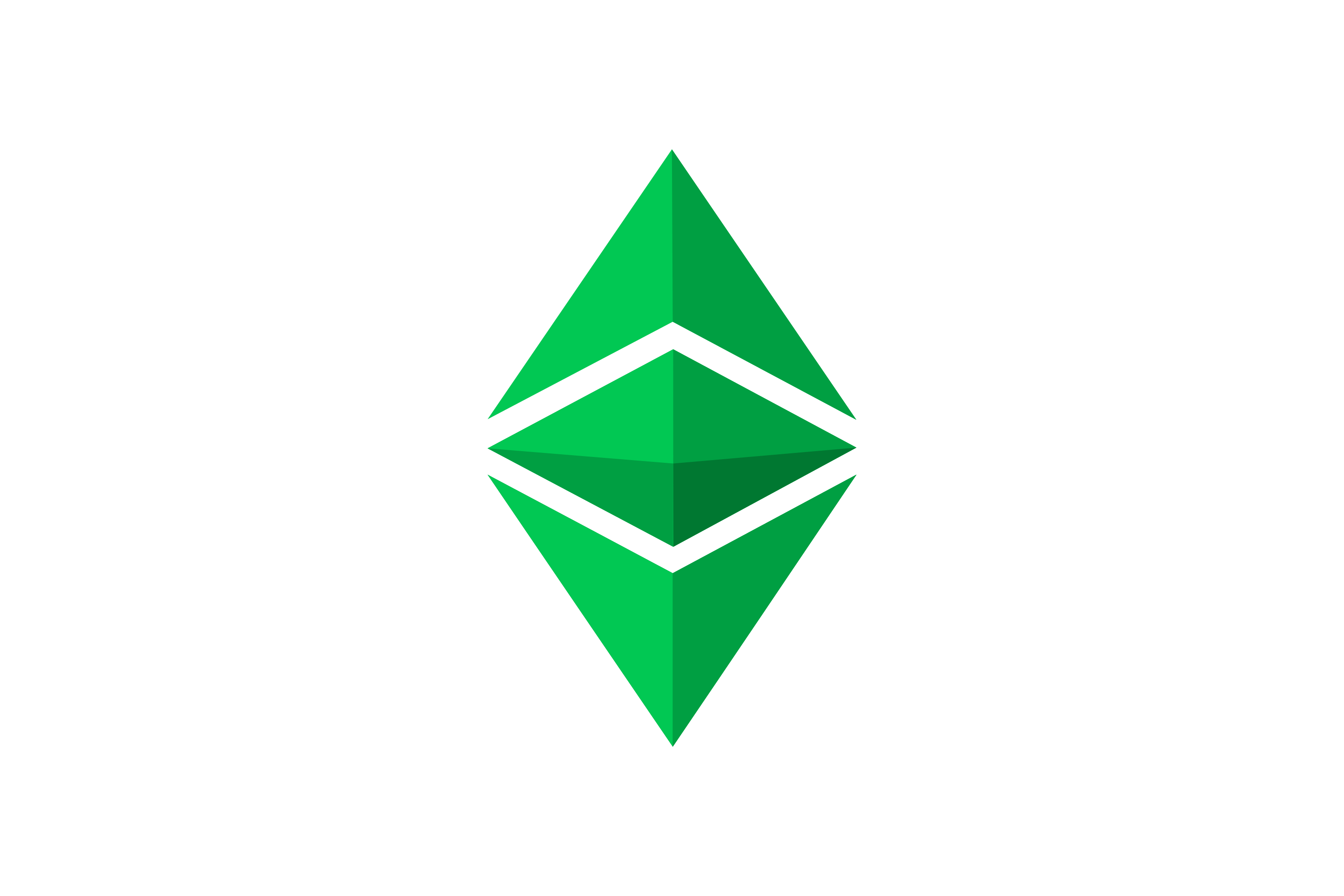Download top and best high-quality free Ethereum Classic PNG Transparent Images backgrounds available in various sizes. To view the full PNG size resolution click on any of the below image thumbnail.
License Info: Creative Commons 4.0 BY-NC
Ethereum Classic is a blockchain-based distributed computing platform with smart contract (scripting) capability that is open source. It uses transaction-based state transitions on a public Ethereum Virtual Machine to enable a modified form of Nakamoto consensus (EVM).
Ethereum Classic preserves the Ethereum network’s original, unmodified history. The mainnet of the Ethereum project was first published via Frontier on July 30, 2015. However, the Ethereum Foundation established a fresh version of the Ethereum mainnet on July 20, 2016, owing to a hack of a third-party project, with an unusual state change executed that wiped The DAO heist from the Ethereum blockchain history. The Ethereum Foundation registered their trademark on the new, modified Ethereum blockchain; Ethereum (ticker: ETH). Ethereum Classic was renamed after the earlier, unmodified version of Ethereum (ticker: ETC).
The native Ether token of Ethereum Classic is a cryptocurrency with the ticker code ETC that is traded on digital currency exchanges. Ether is produced as a reward to network nodes for “mining,” a procedure that validates computations on Ethereum Classic’s EVM. The current ETC monetary policy, which was implemented on December 11, 2017, aims to achieve the same mechanical, algorithmic, and capped goals as bitcoin. Network transaction fees and other assets, commodities, currencies, products, and services can be exchanged for ETC.
The Ethereum Virtual Computer (EVM) is a decentralized Turing-complete virtual machine that can run programs utilizing a worldwide network of public nodes. In contrast to others, such as bitcoin script, the virtual machine’s instruction set is Turing-complete. Gas is an internal transaction price mechanism that is used to reduce spam and distribute network resources.
Prior to the official introduction of the Frontier network, the Ethereum Foundation built several codenamed prototypes of the Ethereum platform as part of its proof-of-concept series. Following the DAO crisis, Ethereum classic adopted this codebase.
Defuse Difficulty Bomb
The “Difficulty Bomb” is a technique that was meant to shift the Ethereum chain from proof-of-work to proof-of-stake in the future by raising the difficulty of mining dramatically. The “Ice Age” update adds this Difficulty Bomb to the network on block 200,000. While Ethereum Classic members disputed the benefits of the Difficulty Bomb, the mechanism’s effects were postponed by a network update nicknamed “Die Hard” at block 3,000,000. Ethereum Classic updated its network on block 5,900,000 to permanently defuse the Difficulty Bomb after network participants reached an agreement on the problem. This effectively ended the network’s proof-of-stake future and committed it to the proof-of-work consensus method.
Protocol Parity
Several protocol updates were planned to activate capabilities that the Ethereum network has previously enabled over the years in a bid to improve the Ethereum Classic protocol. Atlantis enabled the outstanding Byzantium improvements in September 2019, Agharta brought Ethereum’s Constantinople patches in January 2020, and Phoenix ultimately established protocol parity between Ethereum Classic and Ethereum with the launch of the Istanbul protocol update in February 2020. Applications are entirely cross-compatible between networks since the Phoenix protocol was activated.
Mining Algorithm
Following a series of 51 percent assaults on the Ethereum Classic network in 2020, the community discussed changing the underlying Ethash mining algorithm to avoid being a minority proof-of-work chain in the Ethash mining algorithm where Ethereum dominates the hashrate. After considering several possibilities like Monero’s RandomX or the standardized SHA-3-256, it was ultimately agreed to increase the Ethash epoch period from 30,000 to 60,000 to lower the DAG size and prevent Ethash miners from switching to Ethereum Classic easily. EtcHash or Thanos upgrade are other names for this improved Ethash.
Download Ethereum Classic PNG images transparent gallery.
- Ethereum Classic Logo PNG HD Image
Resolution: 512 × 512
Size: 36 KB
Image Format: .png
Download
- Ethereum Classic Logo PNG Image HD
Resolution: 4398 × 5000
Size: 350 KB
Image Format: .png
Download
- Ethereum Classic Logo PNG Image
Resolution: 633 × 1024
Size: 41 KB
Image Format: .png
Download
- Ethereum Classic Logo PNG Images HD
Resolution: 450 × 450
Size: 121 KB
Image Format: .png
Download
- Ethereum Classic Logo PNG Images
Resolution: 512 × 512
Size: 52 KB
Image Format: .png
Download
- Ethereum Classic Logo PNG Photo
Resolution: 1295 × 1284
Size: 2631 KB
Image Format: .png
Download
- Ethereum Classic Logo PNG Photos
Resolution: 1000 × 1000
Size: 411 KB
Image Format: .png
Download
- Ethereum Classic Logo PNG Pic
Resolution: 3076 × 5000
Size: 494 KB
Image Format: .png
Download
- Ethereum Classic Logo PNG Picture
Resolution: 780 × 405
Size: 71 KB
Image Format: .png
Download
- Ethereum Classic Logo PNG
Resolution: 682 × 184
Size: 14 KB
Image Format: .png
Download
- Ethereum Classic Logo Transparent
Resolution: 512 × 512
Size: 8 KB
Image Format: .png
Download
- Ethereum Classic Logo
Resolution: 700 × 1152
Size: 16 KB
Image Format: .png
Download
- Ethereum Classic Logo No Background
Resolution: 468 × 767
Size: 26 KB
Image Format: .png
Download
- Ethereum Classic Logo PNG Clipart
Resolution: 600 × 324
Size: 20 KB
Image Format: .png
Download
- Ethereum Classic Logo PNG Cutout
Resolution: 2400 × 3957
Size: 200 KB
Image Format: .png
Download
- Ethereum Classic Logo PNG File
Resolution: 800 × 800
Size: 23 KB
Image Format: .png
Download
- Ethereum Classic Logo PNG Free Image
Resolution: 3000 × 2000
Size: 27 KB
Image Format: .png
Download


